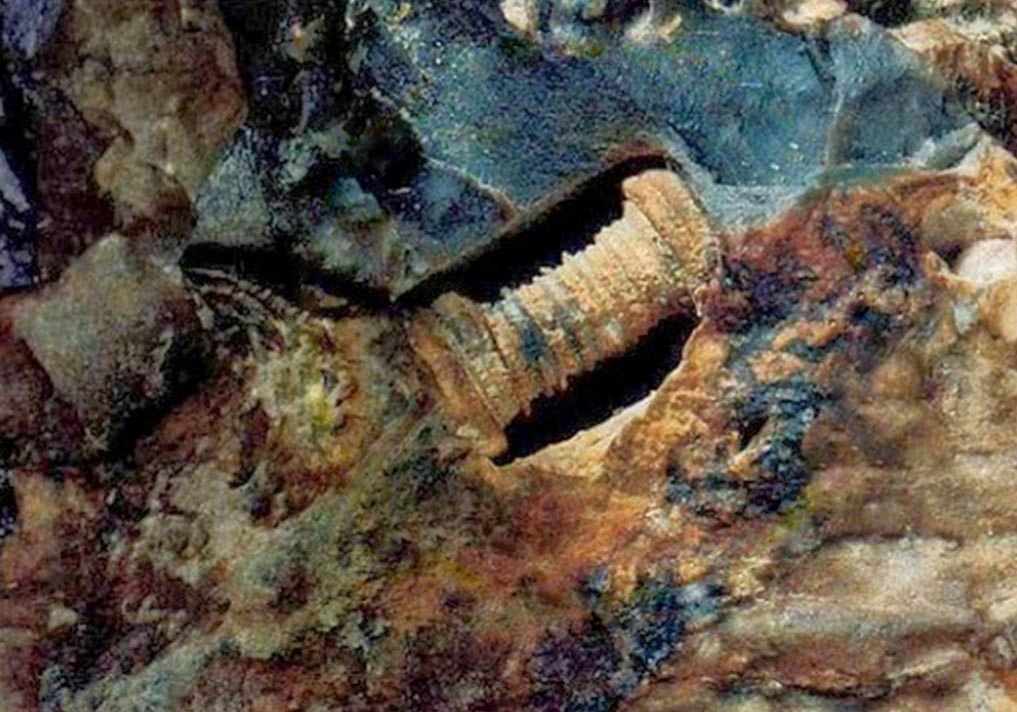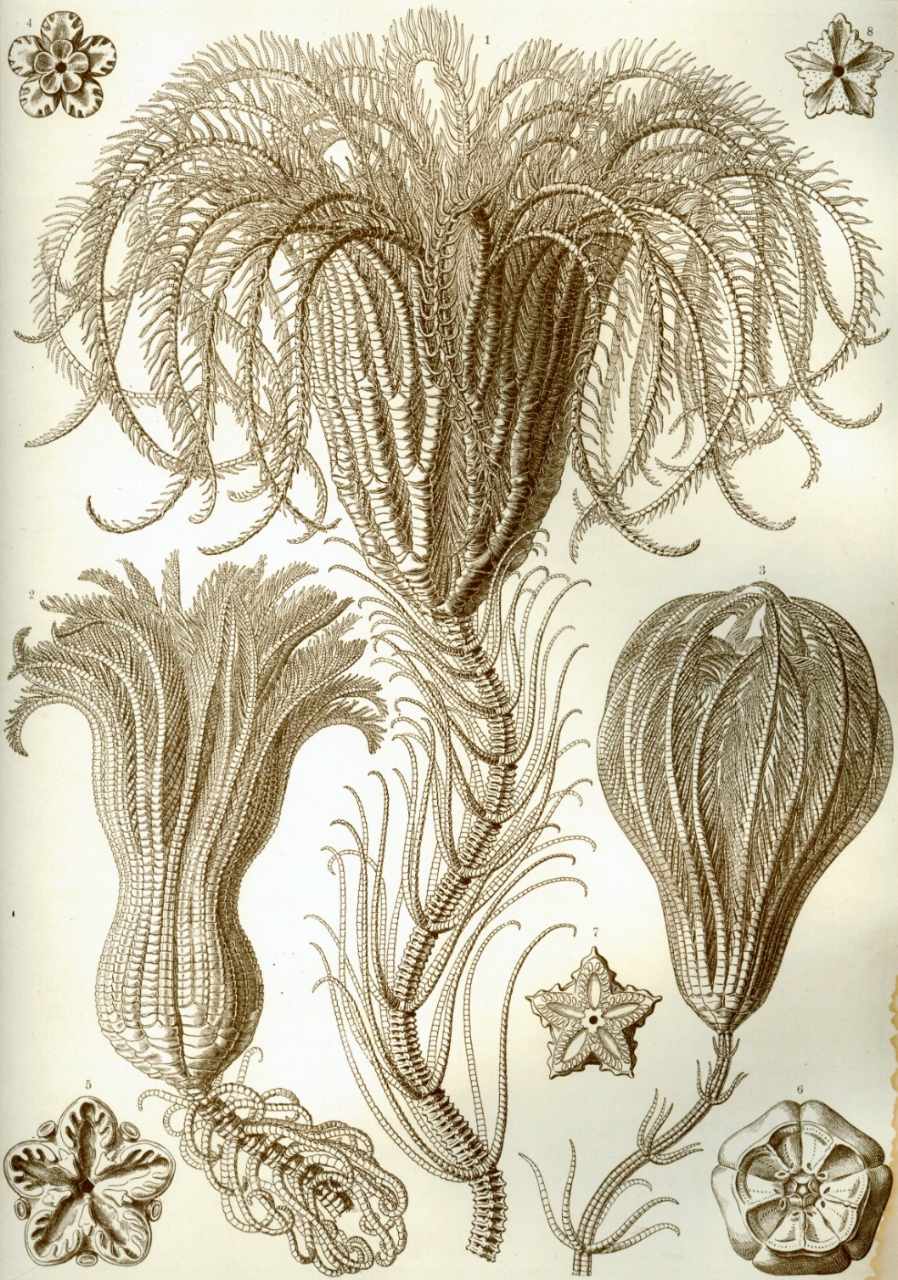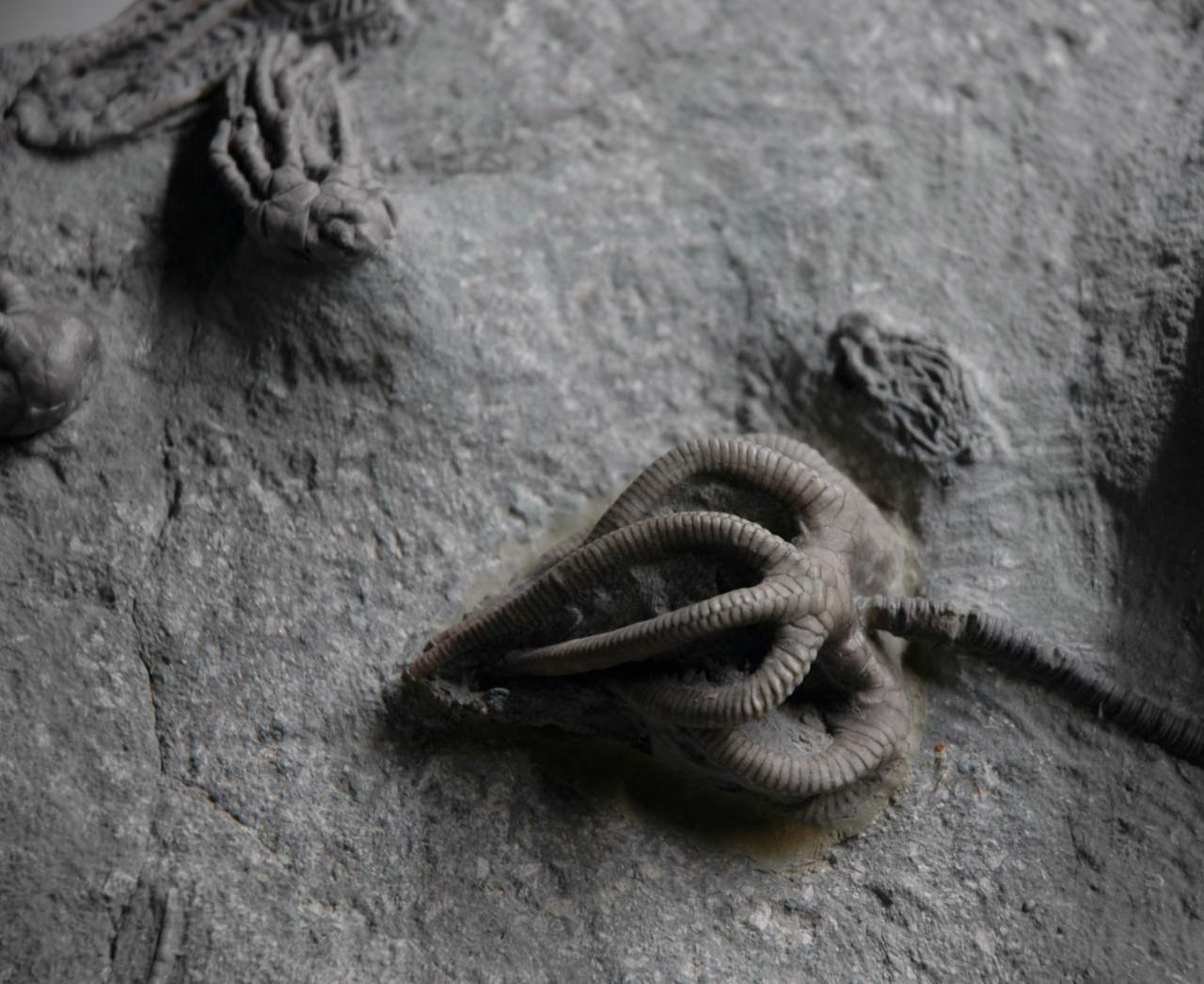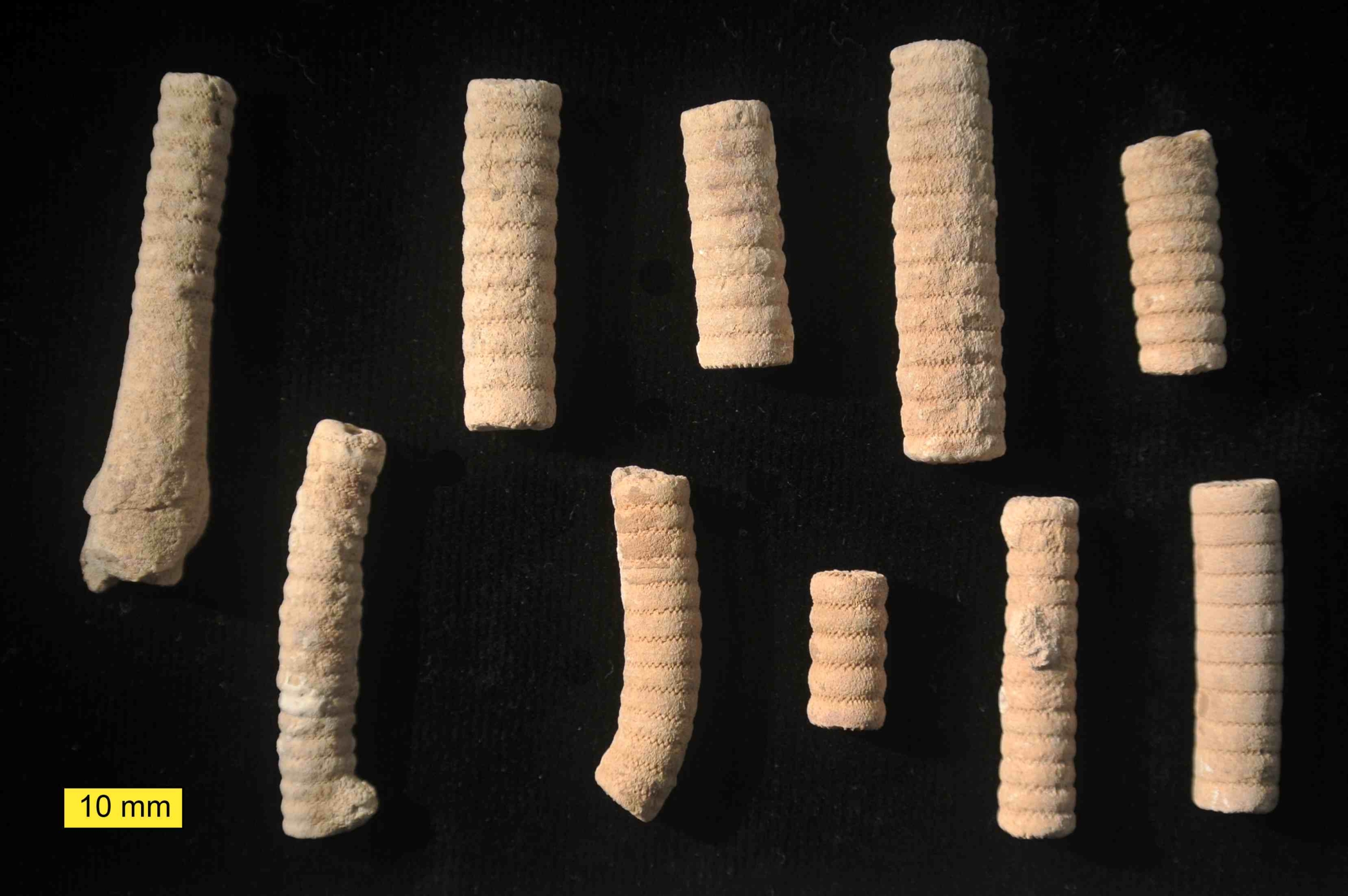The Kosmopoisk Group, a Russian research team that investigates UFOs and paranormal activity, claims to have discovered a one-inch screw embedded inside a 300-million-year-old rock. According to legend, the screw is the relic of an ancient form of technology that demonstrates extraterrestrials visited Earth millions of years ago. Scientists, on the other hand, believe the ‘screw’ is nothing more than a fossilised sea creature known as a Crinoid.

In the 1990s, a Russian team was investigating the remains of a meteorite in Russia’s Kaluga region when they came across the strange object. A paleontological analysis revealed that the stone was formed between 300 and 320 million years ago.
The team also claims that an x-ray of the stone reveals the presence of another screw inside it. They have not, however, allowed international experts to examine the object, nor have they revealed the material of the screw.
Since the discovery, there has been much debate, with scientists dismissing the idea that it reflects an ancient screw and proposing a much less exciting explanation.
According to the Mail Online, scientists who examined photographic evidence of the object believe there is a more earthly explanation for the phenomenon – the’screw’ is actually the fossilised remains of an ancient sea creature known as a crinoid.

Crinoids are marine animals that are thought to have evolved around 350 million years ago. They are distinguished by a top-surface mouth surrounded by feeding arms. Crinoid species number around 600 today, but they were much more abundant and diverse in the past.
Geologists have discovered countless fossils representing whole crinoids or their segments over the years, some of which do resemble screws. Scientists believe that the screw-like shape seen in fossil samples is the reversed shape of the creature, which disintegrated while the rock formed around it.

The Mail Online reports that “the fossilised creature in the mysterious rock is thought to be a type of ‘sea lily’ – a type of crinoid that grew a stalk when it became an adult, to tether itself to the seabed.” “However, some argue that crinoids’ stalks were typically much smaller than the’screw,’ with slightly different markings, and have rejected the theory.”
“Lots of out-of-place artifacts, such as nails or even tools embedded in ancient stone, have been reported,” Nigel Watson, author of the UFO Investigations Manual, told Mail Online. Some of these reports are based on “misinterpretations of natural formations.”
“It would be fantastic to think we could find such ancient evidence of a spaceship visiting us so long ago,” he added. “However, we must consider whether extraterrestrial spacecraft builders would use screws in the construction of their craft. “It also appears that this story is most likely a hoax spread by the internet, reflecting our desire to believe that extraterrestrials have visited us in the past and continue to visit us today in what we now call UFOs.”

For the time being, the controversy surrounding the object is very much alive, and it is unlikely that consensus will be reached anytime soon unless the Kosmopoisk Group releases detailed information regarding the material of the’screw.’




